- About us
- Support the Gallery
- Venue hire
- Publications
- Research library
- Organisation chart
- Employment
- Contact us
- Make a booking
- Onsite programs
- Online programs
- School visit information
- Learning resources
- Little Darlings
- Professional learning
Explore our on-demand archive to catch up, listen in, binge or do a workshop from wherever you are whenever you want!
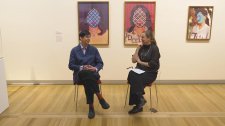
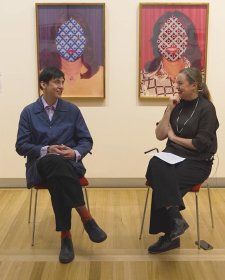
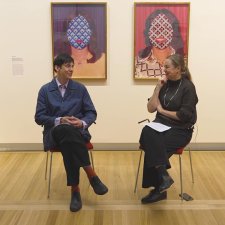
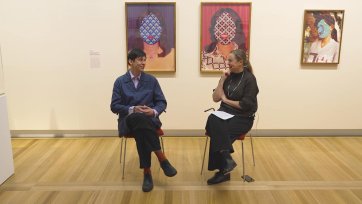
39 minutes
Join exhibition curator Serena Bentley in conversation with artist Nathan Beard in the In Bloom exhibition.
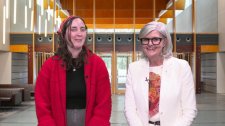
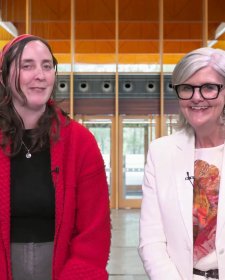
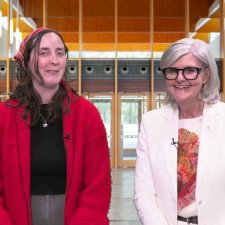
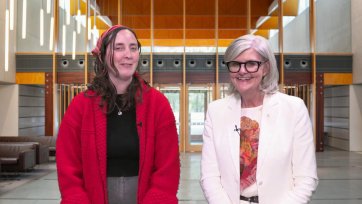
41 minutes
Her Excellency the Honourable Ms Sam Mostyn AC Governor-General of the Commonwealth of Australia explores entries from My Awesome Australian, a special online exhibition celebrating the 50th anniversary of the Australian honours system.
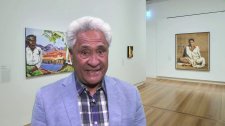
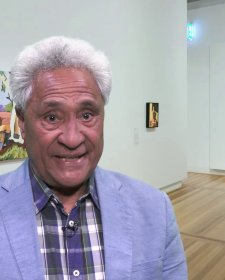
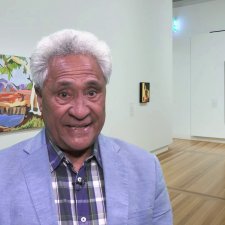
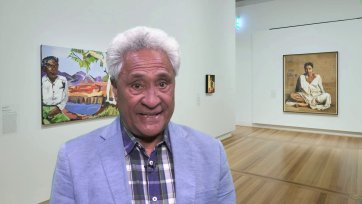
29 minutes
Join retired Pacific Collections Librarian, Deveni Temu, for an insightful exploration of Elizabeth Durack’s remarkable artworks created during her 1968 visit to PNG.
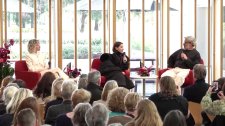
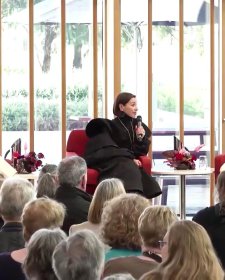
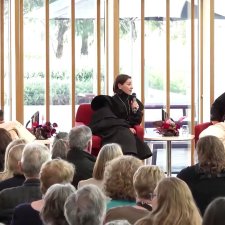
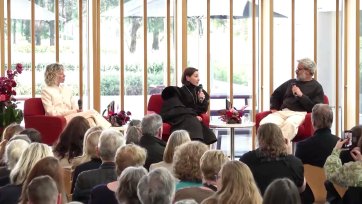
46 minutes
Watch the recording of Australian music icon, Tina Arena AM in conversation with renowned fashion photographer Georges Antoni as they discuss the newly commissioned portrait, Tina.
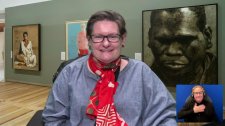
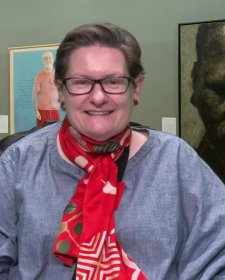
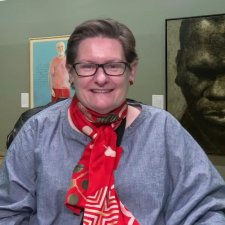

37 minutes
This International Day of People with Disability, join us as we take a look at the collection and see how representation has changed over time.
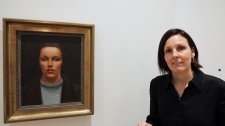


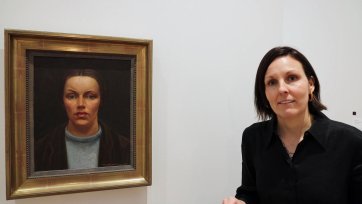
27 minutes
Join curator Dr Emma Kindred as she explores self-portraiture through the eyes of Evelyn Chapman, Stella Bowen and Nora Heysen.

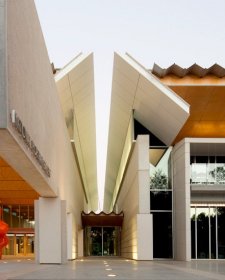
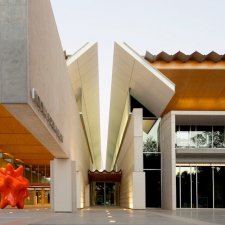
Visit us, learn with us, support us or work with us! Here’s a range of information about planning your visit, our history and more!
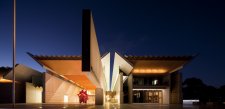
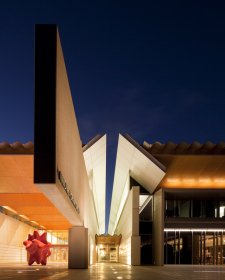
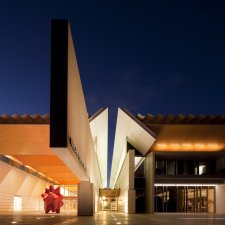
We depend on your support to keep creating our programs, exhibitions, publications and building the amazing portrait collection!

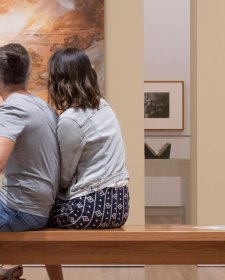
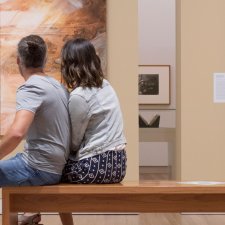
Information on location, accessibility and amenities.